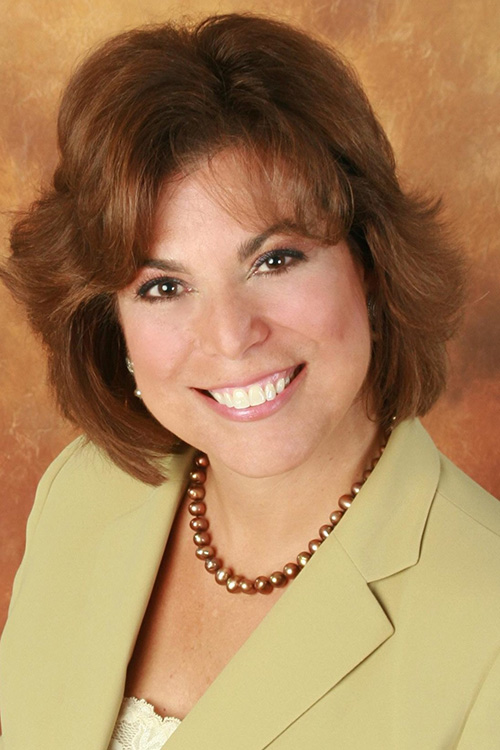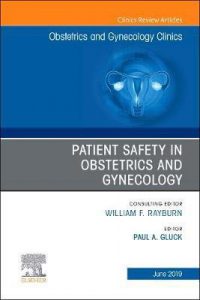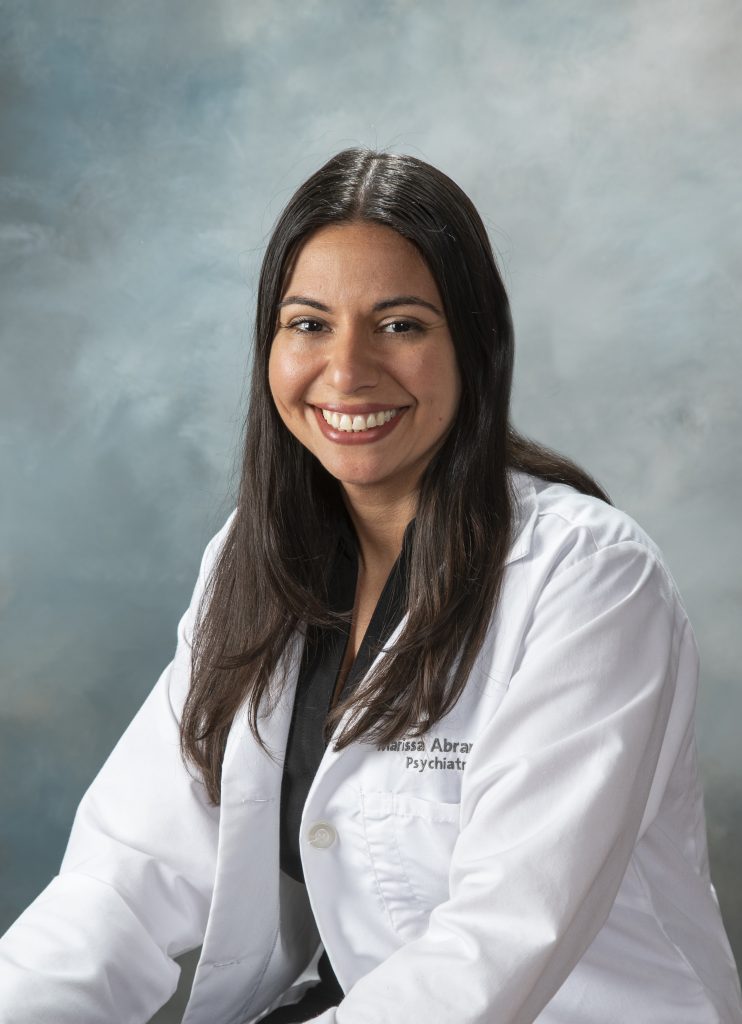
Using Artificial Intelligence (AI) and patient empowerment to enhance patient safety.
In the average person’s imagination, healthcare delivery follows a fairly rote formula. When a patient presents with symptoms, the healthcare provider performs an evaluation, decides unilaterally on a treatment and administers it. If required, the patient will remain in the hospital, where nurses and doctors periodically measure vital signs and respond as needed.
Yet, according to Mary L. Jahrsdoerfer, PhD, clinical assistant professor and director of the MS in Healthcare Informatics program in Adelphi’s College of Nursing and Public Health, and Marissa D. Abram ’08, PhD ’17, assistant professor in the College, this view of the healthcare process is dangerously outdated. While new technologies enable clinicians to detect and address changes in patient health in real time, permitting faster and more targeted care, they have not been widely adopted in healthcare settings. And even though new research suggests that patients who take a more active role in their own care will likely experience better outcomes, many patients continue to remain passive and unquestioning when interacting with providers.
In response to these challenges, Dr. Jahrsdoerfer and Dr. Abram are proposing changes to our healthcare system that could help promote patient health on a national scale.
A paradigm shift from patient monitoring to clinical surveillance

Mary Jahrsdoerfer, PhD, is an authority in emerging healthcare technology, bridging the gap between clinical practice and patient safety. Her research lies in analyzing disparate clinical data points that may provide predictive warnings in acute care settings.
In February 2019, Dr. Jahrsdoerfer published “Clinical Surveillance, A Concept Analysis: Leveraging Real-Time Data and Advanced Analytics to Anticipate Patient Deterioration. Bringing Theory in Practice” in the Online Journal of Nursing Informatics, which details how the practice of clinical surveillance can improve patient care. In the traditional healthcare model, patients are monitored through measurements of their vital signs at routine intervals. Providers may react swiftly and appropriately when troubling symptoms emerge—but only once the patient’s vital signs have already deteriorated. Instead of monitoring retrospective patient data, Dr. Jahrsdoerfer advocates for a move toward clinical surveillance, or real-time data collection, allowing practitioners to be “proactive rather than reactive.”
Effective clinical surveillance comprises seven attributes: attention, timeliness, recognition, intuition, analysis, action and collaboration. The practice of patient monitoring, crucially, lacks timeliness. In order for clinical surveillance to be effective, appropriate levels of timeliness must be achieved through the trending of continuous real-time data sets. That requires the simultaneous trending of multiple physiological parameters in relationship to one another, creating a more meaningful context around an individual patient. The moment a combination of parameters goesaskew—such as heart rate, respiration and temperature—a nurse must be notified. That way, a patient treated under clinical surveillance is more likely to receive the care they need sooner than a patient who is monitored with traditional methods.
But raw data alone is not sufficient to improve patient care, Dr. Jahrsdoerfer emphasizes. “The sheer volume of data collected from patients is beyond the capacity of the human brain to analyze,” she said. “Accomplishing today’s daily nursing work without taking advantage of advances in technology would be impossible.”
Machine-based learning, which includes both artificial intelligence (AI) and rules-based algorithms, is helping practitioners make the most of the data they collect. “With AI, machine-based algorithms learn an individual patient’s vital sign benchmark,” Dr. Jahrsdoerfer said. “Because the algorithms trend subsequent iterations of data from there, the clinician can be notified if a patient starts trending in the wrong direction.”
Rules-based algorithms, meanwhile, allow for faster and more comprehensive analyses of patients’ vital signs. “These algorithms are manufactured rules that combine the trending of two or more vital signs in relationship to each other,” she said. If the algorithm is programmed to recognize that decreasing oxygen levels and increased blood pressure are correlated with heart attacks, it can provide caretakers with a specific warning when those two figures trend in tandem.
Encouraging patients to self-advocate
Despite these advances, the human touch is still essential to quality care. “Practitioners need to take a holistic approach to care, which should include the patient,” Dr. Abram said. “I focus on how we can empower our patients to partner with us as providers.” Because miscommunications between patients and providers are a primary cause of clinician error, these partnerships are key to fostering optimal healthcare delivery.

Dr. Abram’s research was published as “The Patient’s Role in Patient Safety” in the June 2019 issue of Obstetrics and Gynecology Clinics of North America. “When we think about relationships between clinical providers and a patient, there’s a power differential,” she said. “Patients don’t always participate in their care, but when they take an active role, they bring attention to problems a practitioner might not otherwise see.”
Dr. Abram offered a simple example. “A lot happens throughout the day,” she explained. “A provider is busy, they rush into a room, and they don’t wash their hands. If the patient has a comfortable relationship, they can request that the provider wash their hands.” The guidelines patients can follow to promote their own safety, she believes, should be just as clearly articulated as the emergency instructions all airline passengers receive before takeoff.
For Dr. Abram, patient empowerment must be a grassroots movement powered by individual nurses and advocates. As chairperson of the Pulse Center for Patient Safety Education & Advocacy, she works alongside founder Ilene Corina, whose son died of a preventable medical error, to host educational presentations and workshops. “We give people the language to help explain what they’re going through and be heard,” Dr. Abram said.
Charting the future of patient safety

Marissa Abram ’08, PhD ’17, is an assistant professor in the College of Nursing and Public Health, a psychiatric-mental health nurse practitioner, and a credentialed alcohol and substance abuse counselor. Her research focuses on substance abuse disorders.
When Dr. Abram and Dr. Jahrsdoerfer look to tomorrow’s healthcare, they envision a world in which patients gain increasing control over the care they receive. Dr. Jahrsdoerfer predicts a rise in “smart homes” that surveil the elderly, allowing them to grow old in the comfort of their own home. Dr. Abram is hopeful that patients and families, especially those from underserved populations, will achieve better representation in the healthcare system. “When educated, families and patients can be valuable resources in promoting better outcomes,” she noted.
Whatever the future holds, the role technology plays in mediating between patient and healthcare provider will continue to evolve. “So much wireless, mobile, wearable technology is currently emerging that I refer to this situation as the Wild West,” Dr. Jahrsdoerfer said. “We in healthcare are forging new frontiers.”
Jahrsdoefer, Mary. “Clinical Surveillance, A Concept Analysis: Leveraging Real-Time Data and Advanced Analytics to Anticipate Patient Deterioration. Bringing Theory in Practice.” Online Journal of Nursing Informatics, 06 February 2019.
Corina, I., Marissa Abram, and David Halperin. “The Patient’s Role in Patient Safety.” Obstetrics and Gynecology Clinics of North America, vol. 46, iss. 2, June 2019, pp. 215-225.